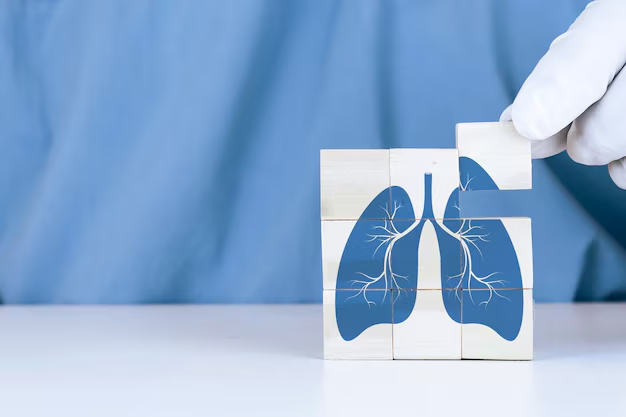Understanding the WHO Classification of Pulmonary Hypertension: What You Need to Know
Pulmonary hypertension (PH) is a serious condition characterized by high blood pressure in the pulmonary arteries, affecting how the lungs and heart function. Recognizing its complexity, the World Health Organization (WHO) has classified pulmonary hypertension into distinct groups to aid diagnosis and treatment plans. This classification serves as a guiding framework for healthcare professionals and patients alike, providing clarity about the nature of the disease and its management.
WHO Classification of Pulmonary Hypertension
The WHO classifies pulmonary hypertension into five groups, each with unique causes, characteristics, and treatment implications:
Group 1: Pulmonary Arterial Hypertension (PAH)
- Definition: PAH involves a progressive narrowing of the pulmonary arterioles, leading to increased resistance.
- Causes: Idiopathic, heritable conditions, drug-induced, or associated with other diseases like connective tissue disorders.
- Treatment: Often includes medications like endothelin receptor antagonists, phosphodiesterase-5 inhibitors, and prostacyclin analogs.
Group 2: PH due to Left Heart Disease
- Definition: This occurs when left-sided heart diseases, such as left ventricular dysfunction, mitral, or aortic valve disease, lead to increased pressure in the pulmonary circulation.
- Causes: Predominantly caused by conditions affecting the left side of the heart.
- Treatment: Focuses on managing the underlying heart condition.
Group 3: PH associated with Lung Diseases and/or Hypoxia
- Definition: Lung diseases like COPD or interstitial lung disease can cause PH due to the damage and scarring they induce in lung tissue.
- Causes: Chronic obstructive pulmonary disease (COPD), interstitial lung diseases, and other conditions causing chronic low blood oxygen levels.
- Treatment: Aimed at treating the lung condition and improving oxygenation.
Group 4: Chronic Thromboembolic Pulmonary Hypertension (CTEPH)
- Definition: Caused by chronic blood clots in the lungs leading to elevated pressures.
- Causes: Previous pulmonary embolism is a common risk factor.
- Treatment: Can involve surgical intervention called pulmonary thromboendarterectomy or medical therapies for non-operable cases.
Group 5: PH with Unclear Multifactorial Mechanisms
- Definition: Includes a variety of conditions with multiple potential factors leading to PH.
- Causes: Blood disorders, systemic conditions, or metabolic disorders.
- Treatment: Highly individualized, depending on the underlying factors.
Understanding this classification is crucial because it helps tailor treatments based on the root cause of the pulmonary hypertension, improving patient outcomes.
Financial and Educational Resources for Managing Pulmonary Hypertension
Managing the cost and care of pulmonary hypertension can be challenging. However, there are numerous financial assistance and educational resources available:
Government Aid Programs: Medicaid and Medicare often cover PH diagnostics and treatments. Patients should explore these options for coverage assistance.
Financial Assistance from Nonprofits: Organizations like the Pulmonary Hypertension Association (PHA) offer grants and financial aid to help with medical expenses.
Debt Relief Options: For those overwhelmed by medical bills, exploring debt relief programs can provide an avenue to manage and reduce financial burdens.
Educational Grants: Individuals affected by chronic health conditions, including PH, may qualify for scholarships or grants to support education and career development.
Here's a summary of key resources:
- 📊 Medicaid and Medicare: Coverage for eligible medical expenses
- 🌟 Pulmonary Hypertension Association: Grant support for medical costs
- 💳 Debt Management: Relieve medical bill burdens
- 🎓 Scholarships for Patients: Educational support opportunities
Navigating the complexities of pulmonary hypertension is a journey requiring knowledge, support, and resources. Whether seeking medical guidance or financial assistance, patients and their families can take proactive steps to manage their health and financial well-being effectively.

Related Topics
- a 66 Year Old Female With a History Of Hypertension
- Are Eggs Bad For Hypertension
- Are Eggs Good For Hypertension
- Are Endocrine Disorders Causing Hypertension Rare
- Can Adderall Cause Hypertension
- Can Alcohol Cause Hypertension
- Can Allergies Cause Hypertension
- Can Anemci People Get Hypertension
- Can Anemia Cause Hypertension
- Can Antibiotics Cause Hypertension